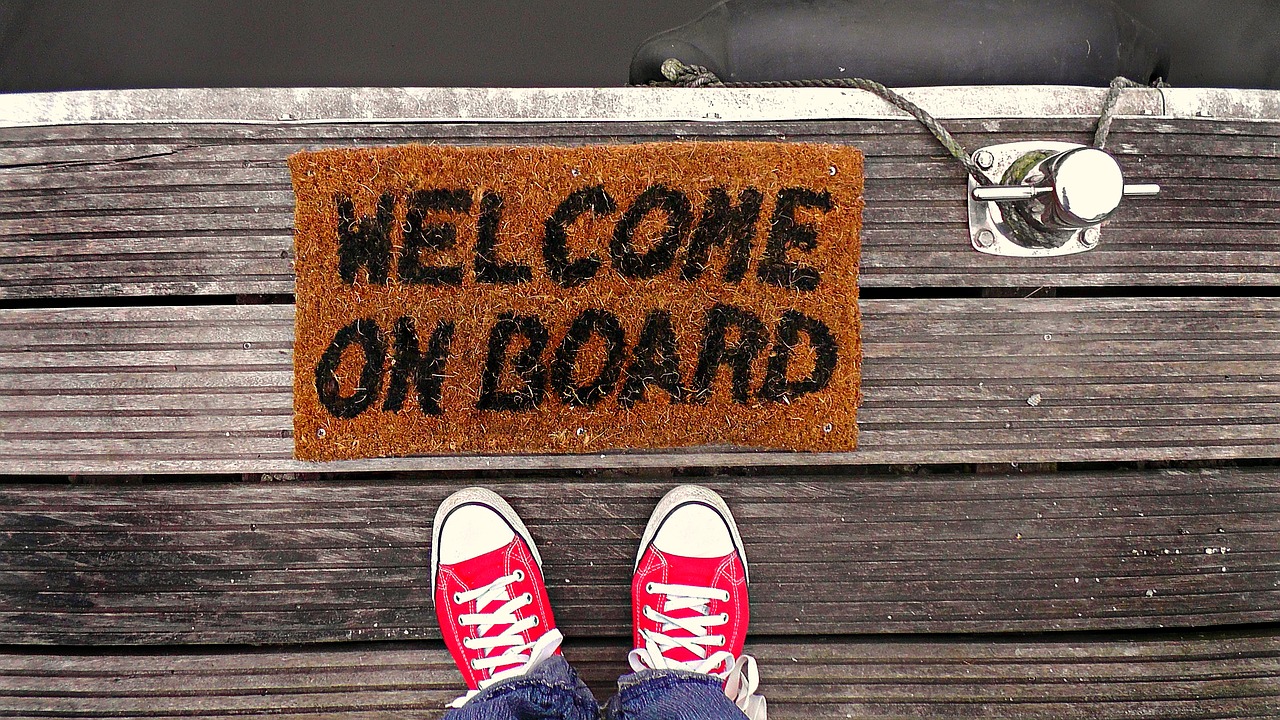Welcome Speech to An Event
A welcome speech to an event is often given to greet and acknowledge the attendees and set the tone for the occasion.

Some of the most common events that have a welcome speech include:
- Conferences and seminars: These gatherings often start with a welcome speech to introduce the purpose of the event, thank the attendees and sponsors, and provide essential information.
- Business events and product launches: At these events, a welcome speech typically highlights the company's achievements, introduces the new product or service, and acknowledges important guests.
- Award ceremonies: A welcome speech at an awards ceremony acknowledges the recipients, thanks the attendees and sponsors, and sets the stage for the event.
- Graduation ceremonies: At these events, a welcome speech is given by a school administrator, student representative, or keynote speaker to congratulate the graduates and welcome guests.
- Weddings: A welcome speech at a wedding reception, usually delivered by a family member or close friend, thanks the guests for attending and celebrates the couple's union.
- Fundraising events and charity galas: These events often begin with a welcome speech to thank attendees, acknowledge sponsors, and explain the cause being supported. Click here for a sample welcome speech to a fundraising event.
- Sporting events and tournaments: An opening ceremony or event may include a welcome speech to introduce the teams or participants, thank the sponsors, and officially open the competition.
- Cultural festivals and community events: These events may have a welcome speech to introduce the program, thank the attendees and sponsors, and acknowledge the cultural significance of the occasion.
- School and university events: At events such as open houses, orientation sessions, and parent-teacher meetings, a welcome speech sets the tone for the event and provides necessary information to attendees.
- Religious ceremonies and events: A welcome speech at these gatherings often highlights the importance of the occasion, thanks the attendees, and offers an introduction to the proceedings. Click here for a sample welcome speech to a church event.
While these are some of the most common circumstances that feature a welcome speech to an event, any gathering or celebration may include one to warmly greet attendees and set the tone for the event.
HOW TO PREPARE A WELCOME SPEECH TO AN EVENT
Crafting the Perfect Welcome Speech: A Step-by-Step Guide
A welcome speech sets the tone for any event, be it a conference, a wedding, or a fundraiser. It is an opportunity to engage and connect with your audience, and if done well, can leave a lasting impression. Crafting the perfect welcome speech requires careful preparation and a thoughtful approach. In this article, we will outline the steps to prepare an impactful welcome speech for any event.
Step 1: Understand the Purpose and Audience
Before you start writing your welcome speech, it is essential to understand the purpose of the event and the target audience. This will help you tailor your speech to address their interests and expectations, making it more relevant and engaging. Consider the event's theme, goals, and the background of the attendees.
Step 2: Research and Gather Information
Gather information about the event, such as its history, the organizers, and any relevant highlights. This will help you provide context and background in your speech. If there are important guests or dignitaries attending, make sure to acknowledge their presence and contributions.
Step 3: Create a Strong Opening
Your opening should be compelling and attention-grabbing, setting the tone for the event. You can start with a quote, a personal anecdote, a surprising fact, or a question. Make sure it relates to the theme of the event and connects with the audience.
Step 4: Structure Your Speech
Organize your speech in a logical manner, with a clear introduction, body, and conclusion. The introduction should set the context and engage the audience, while the body should address the purpose of the event, acknowledge important guests, and provide any necessary information. Finally, the conclusion should leave the audience with a sense of excitement and anticipation for the event.
Step 5: Keep it Concise and Engaging
A welcome speech should generally be brief, ideally between 3 to 5 minutes. This will ensure that you keep the audience's attention while providing the necessary information. Use simple language, and avoid jargon or technical terms that might confuse the audience. Make sure to maintain eye contact, use appropriate gestures, and modulate your voice to keep your speech engaging.
Step 6: Add a Personal Touch
Including personal anecdotes or experiences can make your speech more relatable and memorable. Share stories that are relevant to the event's theme or purpose, and that demonstrate your passion or connection to the cause.
Step 7: Practice, Practice, Practice
Rehearsing your speech will help you become more comfortable with the content and delivery. Practice in front of a mirror or record yourself to identify areas for improvement. Consider asking a friend or family member to listen and provide feedback.
Step 8: Revise and Edit
After practicing, make any necessary revisions to your speech. This may include rephrasing awkward sentences, adding or removing content, or refining your transitions between points. Editing your speech will help ensure a polished and professional final product.
A well-crafted welcome speech to an event can set the stage for a successful affair. By understanding your purpose and audience, researching and gathering information, structuring your speech, keeping it concise and engaging, adding a personal touch, practicing, and editing, you can create a memorable and impactful welcome speech. With careful preparation and a thoughtful approach, your speech will leave a lasting impression on your audience and set the tone for an unforgettable event.



